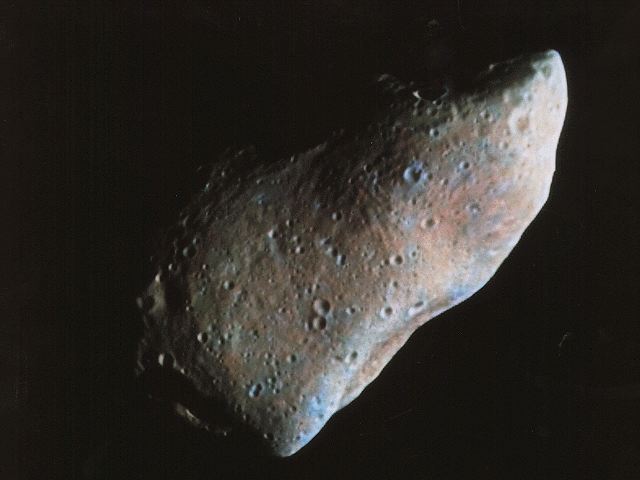While thinking about a recent article on a company wanting to mine asteroids, I started this article. Then White Star came out and I decided to revise it touch specifically on White Star.
Mining an asteroid changes its mass and therefore it is likely, if not guaranteed, to change its orbit.
A permit system would develop for mining and shipping ore, water, etc. to ensure proper and safe orbits of mined and other asteroids. This would be most true in system with a sentient, space faring race(s). It might also be true of low tech systems watched over by the authorities, to protect the non-space faring natives from destruction, and so they can use the resources of their own system.
Pirate Miners – No permits and perhaps no eye to the safety of orbits.
Remnants of star systems, like a system that went nova, and far between other stars might be a haven for illegal miners, pirates, and other ne’er do wells. What ancient alien artifacts best left untouched might they uncover?
Asteroids
The asteroids that are nearest the Sun are mostly made of carbon while the ones further away are made up of silicate rock. The metallic asteroids are composed of up to 80% iron and 20% a mixture of nickel, iridium, palladium, platinum, gold, and other precious metals. There are those few that are made up of half silicate and half metallic.[1]
Comets
They are composed of rock, dust, ice and frozen gases such as carbon monoxide, carbon dioxide, methane, and ammonia. Sometimes called dirty snowballs, recent studies have shown that the ice of a comet is covered by a crust. Comets also contain a variety of organic compounds as well as the gases already mentioned. Some of these are methanol, hydrogen cyanide, formaldehyde, ethanol, and ethane. More complex molecules such as long-chain hydrocarbons and amino acids may also be in comets. Because of their low mass, comets cannot become spherical under their own gravity, and will thus have irregular shapes. [2]
Since comets eject part of their mass and are “unstable” as they warm up from drawing near the sun, mining would only be practical for “inactive” comets far enough from the sun to not be active. They would still be likely to react to an approaching ship that generated heat. Only places with a severe lack of water would resort to such dangerous mining.
Asteroid mining is dangerous, but comet mining is downright foolhardy! Only the truly desperate, severely in debt, or adrenaline junkies will risk the dangers of comet mining. You can’t spend your money if you’re dead.
- Water/ice Water ice is theorized to exist on some asteroids.
- Metals: iron, nickel, iridium, palladium, platinum, gold, and other precious metals.
- Carbon: What forms of carbon? Coal, graphite, diamonds, graphene, carbon nanotubes, buckminsterfullerene, etc.
- Exotic metals – Adamantium, Mithril, Unobtanium, etc.
Of course, in science fiction, asteroids can contain anything you want. Unobtanium for powering ships, giant diamonds, other elements, etc.
Asteroids that are big enough might be re-purposed as generation ships, space stations, weapons or fuel depots, etc.
Would any asteroids use mass drivers to bring them nearer the inhabited planet(s)? [3] That is, part of the mass of the asteroid is ejected to provide thrust to position the asteroid in the desired orbit.



It might be most convenient and safe to nudge them into orbits where they’ll be captured by a gas giant, then you can base your mining operation on one of it’s moons. If you mess up and it crashes into the gas giant no big deal.
Maybe wildcatters would be operating out in the middle of nowhere and the big legal operations would be GG-moon-based.
That’s a great idea!